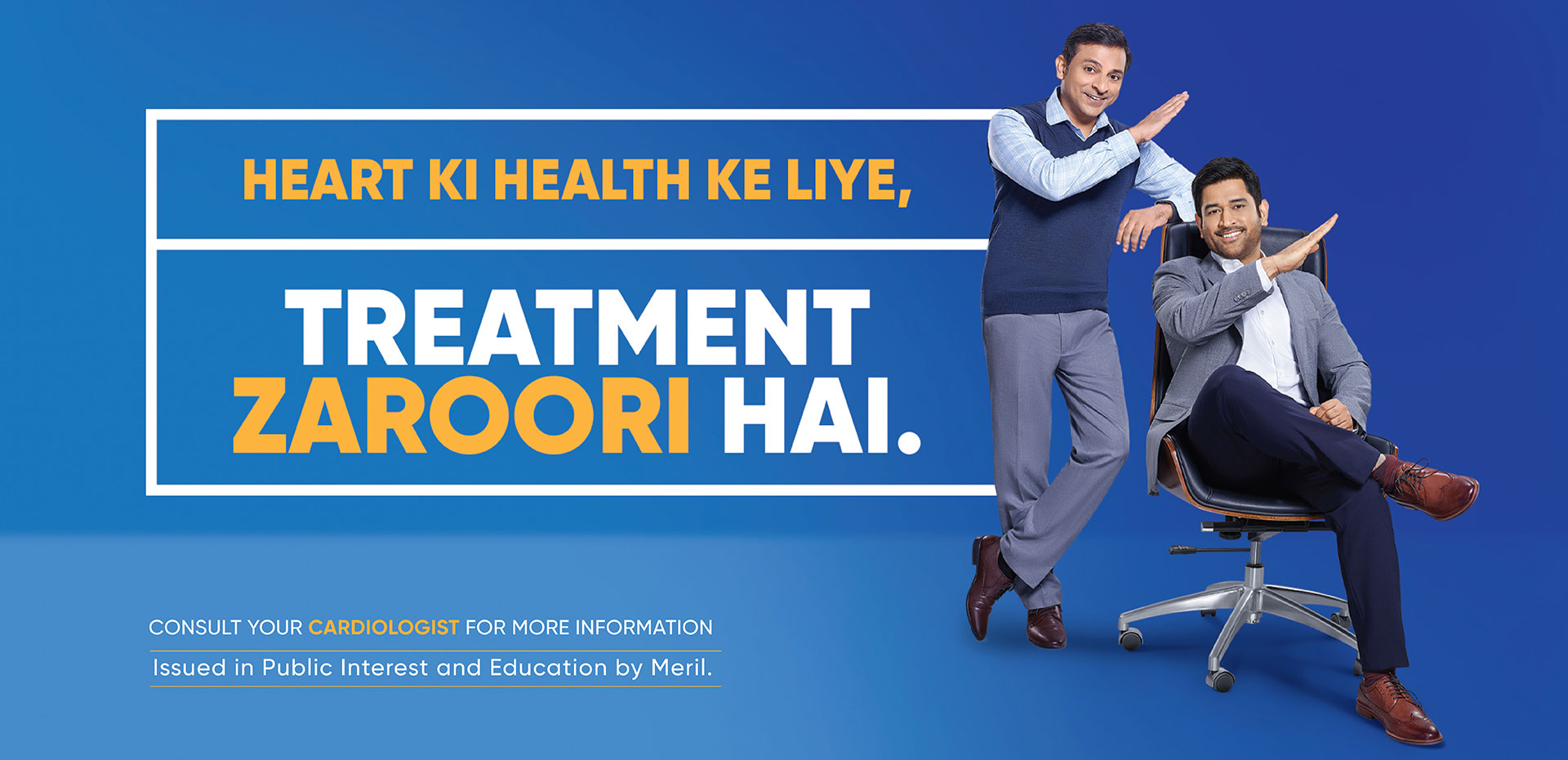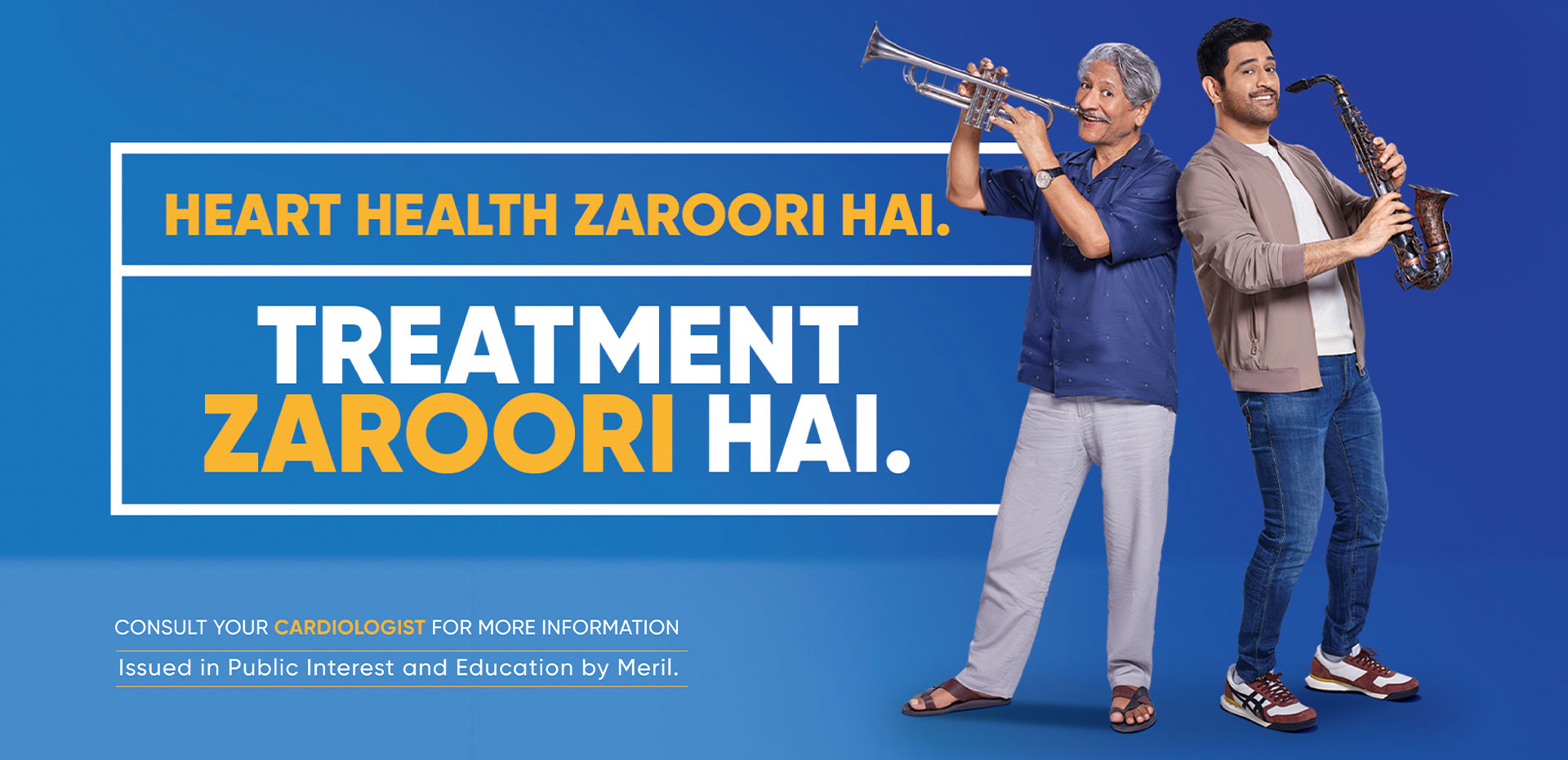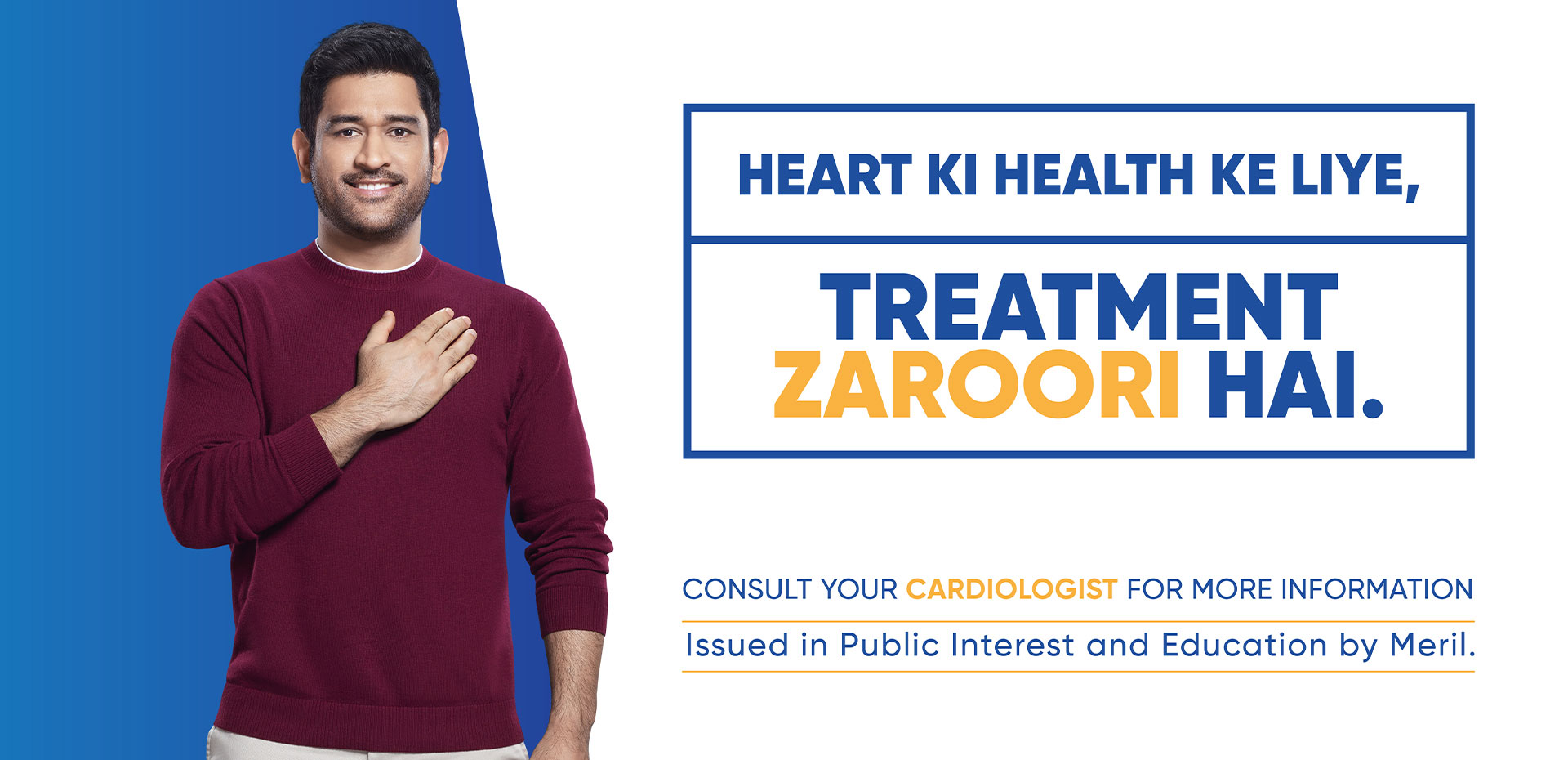Aortic Stenosis
Aortic valve stenosis (AS) is most common and severe valvular disease across the globe. It causes narrowing of the aortic valve opening restricting blood flow from left ventricle to the aorta. Globally, up to 2.6% of elderly adults are affected by AS.1 It is most frequently caused by age related valvular calcification. As the population ages, AS will become an increasingly significant health burden Development of significant AS inclines to earlier occurrence in individuals with congenital bicuspid aortic valves. If left untreated, severe AS is associated with a mortality rate of up to 50%, within 3–5 years after symptom onset.2
Symptoms of AS
Symptoms of AS vary from mild to severe. Signs and symptoms of AS normally develop at a stage of severe narrowing of the valve. Some people with AS may not experience symptoms for several years.3
Signs and symptoms of AS may include:3
- Abnormal heart sound (heart murmur) evident through a stethoscope exam
- Chest pain or tightness in chest upon activity
- Dizziness or fainting upon heavy exertion
- Shortness of breath (dyspnea), especially upon activity for prolonged intervals
- Fatigue
- Feeling of a rapid, fluttering heartbeat
- Reduced hunger, especially evident in children
- Reduced body weight (mainly in children)
The heart-weakening effects of AS may cause heart failure leading to related symptoms including fatigue, dyspnea, and swelling in the ankles and feet.3
If not treated, symptomatic AS rapidly worsens and becomes fatal with a mortality rate of up to 50%, within 3–5 years after symptom onset.2
Treatment of AS
Contemporary treatment options for AS includes watchful waiting, balloon valvuloplasty, surgical aortic valve replacement or transcatheter aortic valve implantation (TAVI).3
In case the patient is asymptomatic or experiencing mild symptoms, the doctor may simply recommend regular monitoring of patient’s condition through periodic follow-ups. The doctor may advise to make some healthy modifications (heart-healthy diet, regular exercise, weight control, reducing stress and avoiding tobacco consumption) and prescribe some medications to prevent complications or worsening of present condition). Medicines can be of help only if the disease is diagnosed in initial stages without any major visible symptoms.3
However, sooner or later, AS treatment does require surgical intervention in majority of cases. Two of such major surgical treatment options for AS treatment include aortic valve replacement and balloon or surgical valvuloplasty.3
Transcatheter Aortic Valve Implantation
TAVI is a minimally aggressive surgery to replace the aortic valve in heart which has become inefficient due to diseases such as AS. TAVI can be performed by making small openings leaving all the bones of the chest intact contrary to the surgical aortic valve replacement (SAVR), which involves an open heart surgery. TAVI valves are exclusively designed to be implanted using a long, narrow tube (catheter). For inserting the catheter into the femoral artery (the most commonly used route), an incision is made in groin area to locate the femoral artery which carries blood from the heart down into the leg. The surgeon will place a catheter into that artery and thread it to the heart and through the aorta, to reach the aortic valve. TAVI places a new artificial valve in place of the inefficient/diseased native aortic valve. TAVI is a minimally invasive, accessible and effective technique. It is suitable for patients who are more prone to post-surgery complications and for patients in whom open-heart surgery is not possible. Apart from this, doctors also recommend this procedure for those patients who have high surgical risks.4,5
Advantages of TAVI
- Significantly improves the quality of life of patients, including patients aged more than 70 years.
- Shorter procedure time.
- Does not require the use of general anesthesia.
- Faster discharge from the hospital (usually, the next day of TAVI)
- Rapid ability to resume routine activities (within a week)
Thus, TAVI is associated with significant benefits vs. SAVR in terms of the procedure itself and recovery.2,4,5
References:
-
- Kontogeorgos S, Thunström E, Basic C, Hansson PO, Zhong Y, Ergatoudes C, et al. Prevalence and risk factors of aortic stenosis and aortic sclerosis: a 21-year follow-up of middle-aged men. Scand Cardiovasc J 2020 Apr;54(2):115-123.
- Spears J, Al-Saiegh Y, Goldberg D, Manthey S, Goldberg S. TAVR: A Review of Current Practices and Considerations in Low-Risk Patients. J Interv Cardiol. 2020 Dec 24;2020:2582938. doi: 10.1155/2020/2582938.
- Grimard BH, Safford RE, Burns EL. Aortic Stenosis: Diagnosis and Treatment. Am Fam Physician. 2016 Mar 1;93(5):371-8. PMID: 26926974.
- Pujari SH, Agasthi P. Aortic Stenosis. StatPearls [Internet]. Treasure Island (FL): StatPearls Publishing; 2022 Jan
- Mahmaljy H, Tawney A, Young M. Transcatheter Aortic Valve Replacement. StatPearls [Internet]. Treasure Island (FL): StatPearls Publishing; 2022 Jan



